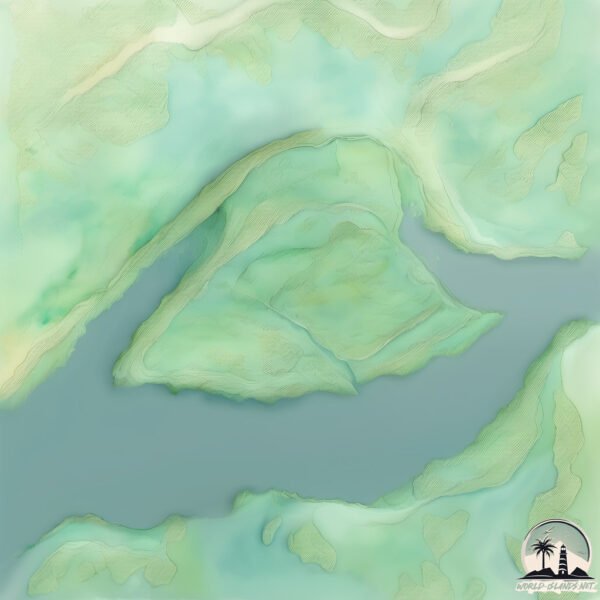Iguana

Welcome to Iguana, a Tropical island in the Caribbean Sea, part of the majestic Atlantic Ocean. This guide offers a comprehensive overview of what makes Iguana unique – from its geography and climate to its population, infrastructure, and beyond. Dive into the details:
- Geography and Size: Explore the island’s size and location.
- Climate and Weather: Weather patterns and temperature.
- Topography and Nature: Uncover the natural wonders of the island.
- Infrastructure and Travelling: Insights on reaching, staying, and making the most of your visit.
- News and Headlines: Latest News.
Geography and size of Iguana
Size: 12.5 km²
Coastline: 18.1 km
Ocean: Atlantic Ocean
Sea: Caribbean Sea
Continent: South America
Iguana is a Medium Island spanning 12 km² with a coastline of 18 km.
Archipel: –
Tectonic Plate: South America – A major plate covering the South American continent and part of the Atlantic Ocean, known for the Andes mountain range and significant seismic and volcanic activity.
The geographic heart of the island is pinpointed at these coordinates:
Latitude: 8.58582381 / Longitude: -62.29964125
Climate and weather of Iguana
Climate Zone: Tropical
Climate Details: Tropical Savanna, Wet
Temperature: Hot
Climate Characteristics: Defined by distinct wet and dry seasons with high temperatures year-round. Pronounced rainfall occurs during the wet season, while the dry season is marked by drought.
Topography and nature of Iguana
Timezone: UTC-04:30
Timezone places: America/Caracas
Max. Elevation: 13 m
Mean Elevation: 11 m
Vegetation: Wetland
Tree Coverage: 59%
The mean elevation is 11 m. The highest elevation on the island reaches approximately 13 meters above sea level. The island is characterized by Plains: Flat, low-lying lands characterized by a maximum elevation of up to 200 meters. On islands, plains are typically coastal lowlands or central flat areas.
Dominating Vegetation: Wetland
These areas are saturated with water, either permanently or seasonally, and support aquatic plants. Wetlands are important for biodiversity and water filtration. Iguana has a tree cover of 59 %.
Vegetation: 4 vegetation zones – Diverse Island
Four distinct vegetation zones mark these islands as ecologically diverse. They might feature varied landscapes such as forests, beaches, grasslands, and rocky areas. Such diversity reflects the island’s complex ecological interactions and varied habitats, which can support a rich array of wildlife and plant species.
Infrastructure and Travelling to Iguana
Does the island have a public airport? no.
There is no public and scheduled airport on Iguana. The nearest airport is General Manuel Carlos Piar International Airport, located 58 km away.
Does the island have a major port? no.
There are no major ports on Iguana. The closest major port is PALUA, approximately 46 km away.
The mean population of Iguana is 20 per km². Iguana is Gently Populated. The island belongs to Venezuela.
Continuing your journey, Mata-Mata is the next notable island, situated merely km away.
Rare Look at How Marine Iguanas Feed Underwater | 4K UHD | A Perfect Planet | BBC Earth



Venezuela is classified as Emerging region: G20: Group of Twenty – Major economies comprising both developed and emerging countries, representing the world’s largest economies. The level of income is Upper middle income.
News – Latest Updates and Headlines from Iguana
Stay informed with the most recent news and important headlines from Iguana. Here’s a roundup of the latest developments.
Please note: The data used here has been primarily extracted from satellite readings. Deviations from exact values may occur, particularly regarding the height of elevations and population density. Land area and coastline measurements refer to average values at mean high tide.
